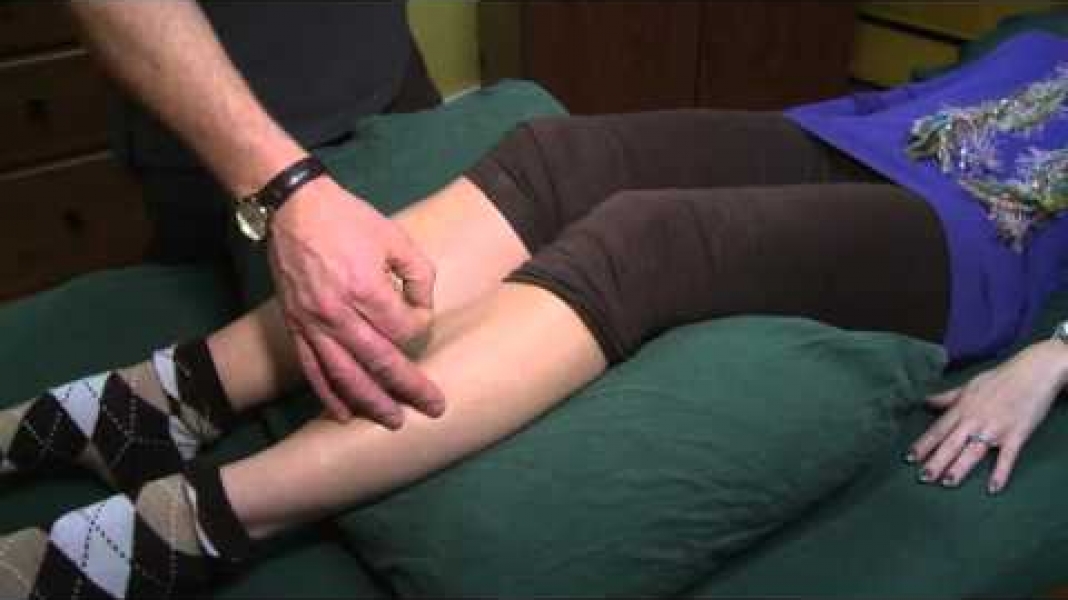
The Acupuncture Turning Point collaborates with Nicole and Len, owners of Breathe Fitness, to help our clients be at their best.
Go to the Breathe Fitness website to find out more…
by Nicole Lark BHK, PTS, TSCC-3
Every December around Christmas and New Years clients ask me, “so, do you get lots of new people coming in January to workout?” and the honest answer is “no”. We tend to see a spike in new clients during the beginning to middle of February, but why? It is normally because of 1 of 3 reasons: (1) they tried on their own and realized they need more guidance because they are not getting the results they hoped for; (2) they wanted a month to exercise on their own before they felt comfortable coming to receive help from a professional; or (3) they tried on their own, got hurt, and are now seeking advice on how to recover from their injury and prevent further injuries from occurring in the future.
Breathe Fitness and The Acupuncture Turning Point often collaborate for their clients because of point 3. Many people have great intentions, and their enthusiasm gets the best of them, especially if they haven’t been exercising regularly like they used to. They over-train in the beginning, often doing what they know they used to be able to do in younger years. They get injured, and then weeks turn into months in recovery mode, and this is enough to break the momentum of putting time aside for exercise and getting in better shape.
One of the more common injuries we see people with is shin splints also known as Medial Tibial Stress Syndrome (MTSS). It is a common injury seen amongst runners and dancers but it is by no means limited only to those running or dancing. The symptoms of shin splints is normally along a continuum of a dull ache to intense pain felt between the ankle and knee on the front of the shin (i.e. the tibia bone).
Shin splints may arise when the lower leg has been overloaded, such as during running, where the feet are striking the ground repetitively for thousands or tens of thousands of time. The constant repetition eventually causes trauma to the connective muscle tissue connecting to the tibia, leading the tibia to endure more force, and which can inevitably result in inflammation and pain.
How does one prevent the lower leg and shins from being overloaded? It depends! The overload may be due to biomechanical irregularities, such as pronation (i.e. flat feet) at the ankle, a muscle imbalance, a weakness in stabilizing muscles (such as the gluteus medius), a weak core, or inflexibility and tightness in the ankle and calf muscles.
When a client of mine complains of having an history of shin splints, it is my job to detect what exercises are going to be most beneficial to prevent a re-occurrence so that the client is able to resume, or continue to exercise, without any pain and remain injury-free. An assessment of the mobility of the ankle, tightness of the peroneals, soleus and grastocnemius muscles, the strength and firing of the hip muscles, and the ability to control the core when moving, are just a few examples of what need to be assessed.
Quite often, I find clients are lacking strength in the stabilizing muscles of the hips; therefore, I will often include strengthening exercises for the gluteus medius such as side-lying clamshells (3 sets of 10-15 reps per leg) and rolling (self-massage using the foam roller or special massage tools) the lower leg to help loosen the calf muscles, thereby increasing the ankle’s flexibility and range of motion.
Finding the time and motivation to exercise is normally enough of a challenge in and of itself. Having any type of injury, minor or major, is always a set back. My job is to help ‘build my clients up’ during their workouts so when it comes time to play and have fun, they can do so with the confidence they are going to stay healthy and strong.




